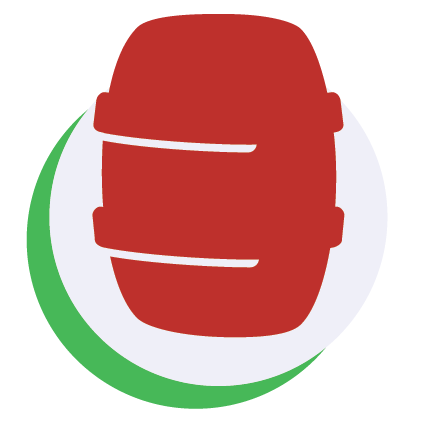Rainwater harvesting is the practice of collecting and storing rainfall for later use. This ancient water management technique dates back thousands of years and remains relevant today as both a conservation measure and a stormwater management practice. By capturing rain where it falls, we reduce the amount of runoff entering storm drains while preserving valuable water resources.
Modern rainwater harvesting systems range from simple collection devices to sophisticated setups that can provide water for various household needs. These systems share a common purpose: capturing rainfall that would otherwise become runoff and storing it until needed.
Rain barrels: An accessible starting point
Rain barrels represent one of the most approachable and affordable rainwater harvesting methods for homeowners. These containers, typically holding 50-60 gallons, connect directly to downspouts to capture roof runoff.
How rain barrels work:
- Rain falls on your roof and flows into gutters
- Downspouts direct water into the rain barrel through a screened inlet that filters out debris
- Water is stored in the barrel until needed
- A spigot near the bottom allows you to fill watering cans or attach a hose
- An overflow outlet prevents overfilling by directing excess water away from your foundation
Some rain barrels feature additional elements like linking systems to connect multiple barrels, first-flush diverters to improve water quality, or decorative designs that complement your home’s appearance.

Benefits and limitations
Rain barrels offer several advantages:
- Reduce municipal water usage for landscape irrigation
- Provide naturally soft water free of chlorine and other additives
- Decrease stormwater runoff from your property
- Serve as an educational tool about water conservation
However, it’s important to understand their limitations. A standard 25′ × 20′ section of roof produces approximately 312 gallons from a 1-inch rainfall—far more than a single rain barrel can hold. For this reason, rain barrels work best as part of a broader rainscaping approach that might include rain gardens, native plantings, or other practices to manage overflow.
Setting up your rain barrel
- Position your barrel on a stable, level platform beneath a downspout. Using concrete blocks or a purpose-built stand provides better water pressure and easier access to the spigot.
- Modify your downspout by cutting it a few inches above the barrel’s height and adding an elbow to direct water into the inlet. Many rain barrels include flexible downspout adapters to simplify this connection.
- Ensure proper overflow management by connecting the overflow outlet to a hose or pipe that directs excess water away from your foundation and toward a permeable area or rain garden. This is crucial since a typical 500 square foot roof section produces about 312 gallons from a 1-inch rainfall—far more than a single 50-60 gallon barrel can hold.
- Use a screen filter at the inlet to keep out debris, mosquitoes, and other pests. Many barrels come with built-in screens, but they may need occasional cleaning.
- Access your water using the spigot near the bottom of the barrel. Consider attaching a short hose for filling watering cans or a longer soaker hose for direct garden irrigation.
For best results, empty your barrel between rain events when possible, clean it occasionally with mild vinegar solution, and disconnect and drain it before winter in cold climates. If you find your barrel fills quickly during storms, consider adding more barrels connected in series or directing overflow to other rainscaping features like rain gardens.



